Rules for growing vegetables
It must be understood that growing vegetables in a summer cottage has its own characteristics and differs from the cultivation of vegetable crops in greenhouse conditions. Much depends, of course, on the type and variety of plants, but the general requirements remain the same for everyone. Regardless of the individual characteristics, all crops love well-groomed, loosened soil, need watering and protection from diseases and pests.
Requirements for soil condition
Before you start planting vegetables, you need to process the land allotted for this. Preparation consists primarily in the fact that the soil is loosened, watered if necessary, and fertilizers necessary for the plants are applied. Additional techniques can also be applied depending on the needs of one type or another. However, loosening the soil during planting and in the process of subsequent care is an indispensable condition for growing.
So why is the soil necessarily loosened, why is it so important for plants and can you do without it? You will get answers to these questions if you appreciate all the advantages that soil loosening gives.
- Violation of the density of the upper soil crust, which can become an insurmountable obstacle, especially for weak plants.
- The formation of many air sinuses, which contribute to the saturation of the earth with oxygen, as well as easier access of moisture to the soil.
- Removal of weeds, along with their root system, is best accomplished during the loosening process.
Some gardeners are inclined to believe that loosening the soil is not necessary, arguing that all of the above problems can be solved by covering the beds with mulch. This version can be disputed or agreed with, but it should be borne in mind that even mulched soil needs to be loosened at least twice a year. In addition, this method has its drawbacks, so it is worth thinking carefully before choosing mulch, abandoning traditional loosening.
Basic principles of correct loosening
In the process of growing vegetables, the soil is loosened regularly. This helps to strengthen the plants, helps them consume oxygen and water in sufficient quantities, and contributes to obtaining a bountiful harvest. However, you should follow a few basic rules of loosening in order to achieve the desired result and not harm the vegetables.
- Lumps of earth do not turn over, it is only necessary to break the compacted upper crust.
- The loosening depth is related to the size of the root system. If the root is large, you can loosen the ground to a depth of 10–12 cm, in most cases 5 cm is enough.
- It is advisable to loosen after rain, because under the influence of moisture, the soil smoothes, then dries up and forms a solid crust.
- It is necessary to loosen the ground in the interval between the rows of vegetables so as not to damage the roots of the plants themselves.
Of course, depending on the needs of certain vegetable crops, it is necessary to make some adjustments to the process. For example, cucumbers are very susceptible to root damage, so when loosening, you should barely touch the topsoil, especially at the very beginning of growth. When the height of the plants reaches half of the norm, you can loosen the soil with a fork, simply sticking them into the ground between the rows and swinging slightly from side to side.
When growing root crops, for example radish, carrots, turnips, beets, etc., the preparation of the beds begins with loosening. The fact is that these vegetable crops have to independently break through the top layer of the earth.If it turns out to be too hard, then some seeds may simply not sprout, and those that hatch will most likely be crushed by weeds. In this case, you should not expect a high yield.
It is customary to huddle cabbage and potatoes. In essence, this is also loosening, which differs from the traditional one only by the displacement of the upper soil layer radially towards the center, where the plant stem is located. However, this method of loosening retains all the positive qualities of the usual method, it simply additionally satisfies some of the individual needs of these vegetable crops.
Tomatoes in the process of growing require a different approach to loosening. Many gardeners have noticed that the roots of mature plants sometimes become bare, protruding from the soil. If such a phenomenon is observed at a certain moment, then the roots of the tomatoes will need to be sprinkled with fertile soil. Loosening itself should be done only between the rows, so as not to touch the superficially located root system and not to destroy the plant.
Advice
If the roots located close to the surface prevent loosening, after watering or rain, you can not disturb the top layer of the earth, but simply sprinkle it with fresh, loose, dry soil - this will also prevent the formation of a dense crust.
In order for loosening the soil to bring maximum benefit in the process of growing vegetables, one should not only pay attention to the general rules and requirements, but also collect as much information as possible about the individual characteristics of each crop. First of all, you need to find out the nature of the root system, its location in the soil, size and all other characteristics. Then it is necessary to find out the plant's need for water and sun, fertilizers and fertilizing, its ability to compete with weeds, etc. Most often, fertilization is carried out at the time of loosening the soil, therefore the schedule for feeding vegetables also affects the frequency of loosening. The same can be said for weeding vegetable beds.
Precautions and combining techniques
Unfortunately, in the process of loosening, plants are often harmed. This can happen due to ignorance of the characteristics of the vegetable culture, inattention or simply haste. In addition, loosening is a troublesome and time-consuming process. Growing vegetables outdoors in large areas often raises the question: is the result of weeding worth the effort? Indeed, why turn your favorite business into hard labor? This issue should be approached thoughtfully.
Some problems can be solved with covering materials or mulch. It is not at all necessary to cover the entire area with a continuous layer. You can combine loosening with mulching, distributing the right time and place. Mulch, for example, is guaranteed to prevent a dense crust from forming while allowing air to flow freely. This will save the gardener from the need to constantly loosen the entire area. However, this is not always appropriate and correct. It is necessary to take into account several nuances of the above methods.
Quite a lot of people agree that mulching the soil can lead to the reproduction of pests and even rodents, since excellent conditions are created for this under the layer of mulch. At the same time, the presence of a problem can not be established immediately, since it will only make itself felt when the plant begins to hurt or die. In some cases, mulching leads to overheating of the roots. In addition, it is simply not always appropriate and not suitable for all cultures.
However, if you lightly cover your cucumber garden with mulch, you can avoid the need to loosen the hardened soil crust by only slightly piercing the soil between the rows. In this case, the layer of mulch will not be so large and dense as to provoke the reproduction of insects or overheating of the roots. In this case, the combination of methods will benefit both the plants and their owner.
Each summer resident chooses the best solution for himself. However, it should be remembered that it is necessary to loosen the soil both when preparing the beds for planting, and during the growth of vegetables. If you take care of their plantings, they will reward you with abundant growth and a rich harvest. After all, the pleasure of growing vegetables, fruits and flowers lies not only in the collection of fruits, but also in the very process of care.

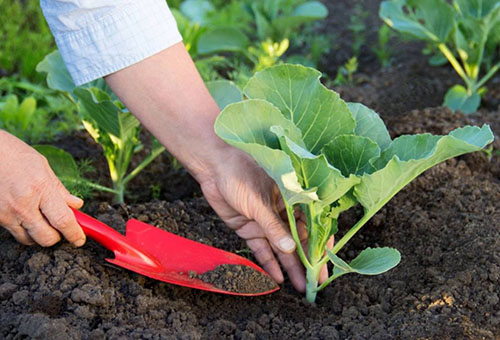
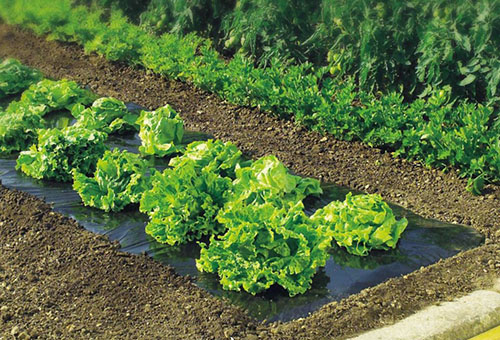
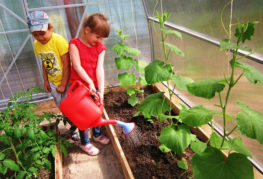

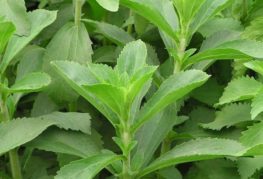
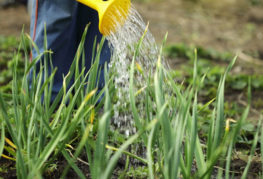
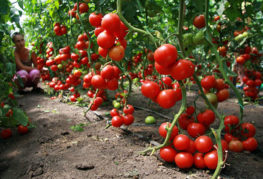
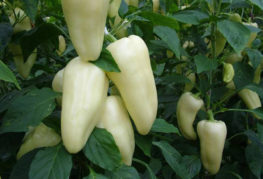
and will be published shortly.